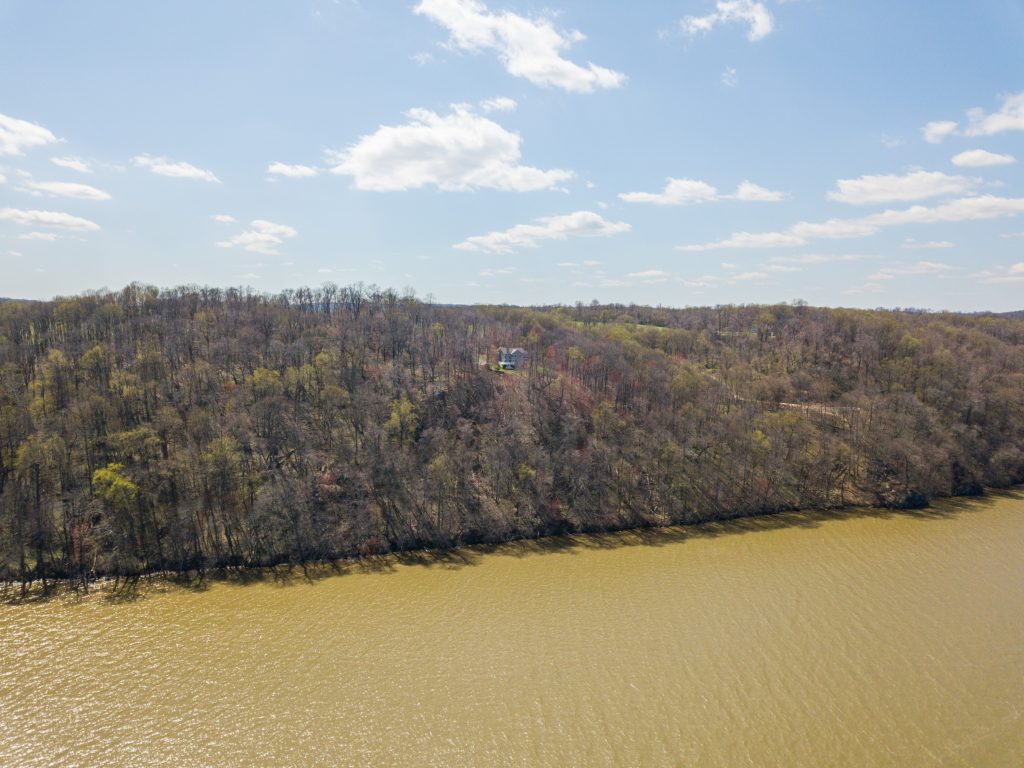A new report says there’s hope for restoring the Chesapeake Bay – if Pennsylvania does more to meet its clean-water commitments.
The 2022 State of the Bay report assesses 13 key indicators of the bay’s health. It finds three declined, and three water-quality measures improved.
Harry Campbell, Pennsylvania science policy and advocacy director for the Chesapeake Bay Foundation, said Pennsylvania has a significant influence on the health and overall condition of the bay.
He said the state is still the leading source of nitrogen – pollutant that degrades the Chesapeake Bay on an annual basis.
“Pennsylvania needs to continue to invest in working with the 33,000-plus family farmers within the Bay watershed of Pennsylvania,” said Campbell, “helping to design and implement conservation practices that are not only going to actually help restore and protect the Chesapeake Bay, but by keeping soils and nutrients on the land, instead of in the water.”
Campbell added that agricultural activities represent 60% of the nitrogen pollution that makes its way into the bay from Pennsylvania. He noted that the Clean Water Blueprint restoration plan projects 90% of the remaining pollution reduction needs to come from agriculture.
Campbell added that last year brought some hope in the form of additional funding to restore the health of Pennsylvania waterways.
The General Assembly most notably passed a piece of legislation in June to establish a Clean Streams Fund.
Campbell said the fund is investing in both new and existing clean-water programs to address the top three sources of stream impairment in Pennsylvania – many of which feed into the Chesapeake Bay.
“That program is known as the Agricultural Conservation Assistance Program,” said Campbell, “and 70% of that $224 million Clean Streams Fund goes towards that endeavor. But that’s just a down-payment.”
He said now, the Clean Streams Fund needs sustainable and predictable funding, so the Keystone State can continue to reduce pollution – and also proactively address the impacts of climate change, protecting and restoring waterways, communities and farms.




